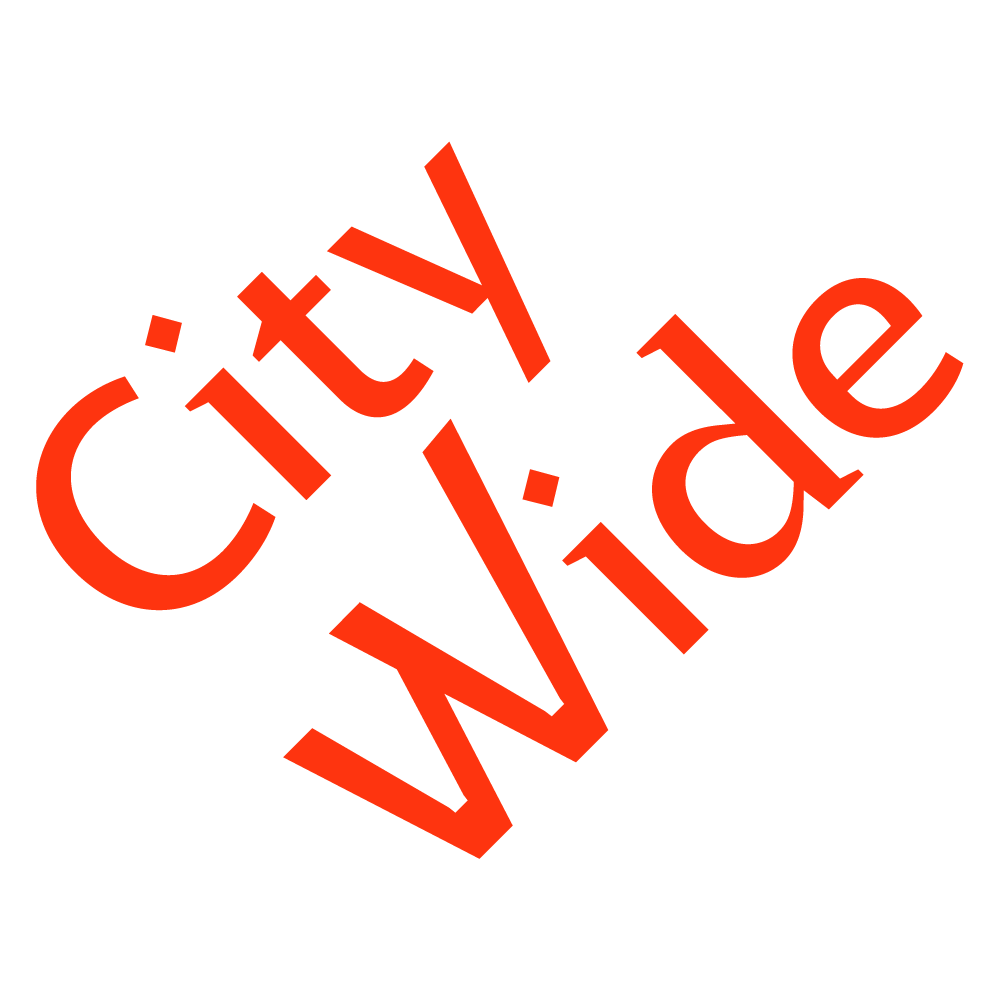The scientist in her lab may seem a world apart from the artist in his studio, yet the two disciplines are inextricably bound. The Science Center began exploring the nexus among art, science and technology in 1975 when it established Esther Klein Gallery (EKG) as an on-site art gallery.
“There are fundamental similarities between art and science,” says Angela McQuillan, curator at the EKG. “Both require experimentation, creativity and a desire to understand and interpret the universe.”
“Forty years ago, we had an idea that, to our knowledge, had never been attempted before,” said founding curator Libby Newman in 2016.
The Center has continued to meld art and science with its new BioArt residency, bringing three artists this year to the labs of Integral Molecular, a Science Center-based biotechnology company.

“Art and science are much closer than one might think, at least the discovery and research that we do,” Integral President and CEO Ben Doranz has said. “Integral Molecular tackles some of the most difficult scientific questions and problems that exist and thinking ‘outside the box’ is a necessity for us to find answers and solutions. We welcome scientists – and anyone, including artists – that can help us think differently.”
As it has grown its physical campus in recent years, the Center also has commissioned significant public art through the Philadelphia Redevelopment Authority’s Percent for Arts program. And the Center’s First Hand program includes “A for art” as it exposes Philadelphia schoolchildren to the STEAM disciplines – science, technology, engineering, art and math.
Brooklyn-based artist Laura Splan, is in the midst of the first BioArt residency at Integral under the new program, funded by the Knight Foundation. (She follows Philadelphia artist Orkan Telhan whose residency last year served as a pilot program.)

Splan’s work explores art, science, technology and craft. Previous projects include Manifest (2015) using data collected from recordings of electrical activity produced by her own body; Virus (2002), a series of drawings that involved research into viral structures; Elaborative Encoding (2007), inspired by neuroscience studies of the formation of memories; and Host (2014), a series of sculptures and works on paper reflecting on HIV and AIDS.
“In general, artists are free from the pressures to produce technological solutions, make scientific discoveries or find medical cures,” Splan said in a 2016 conversation with McQuillan on the blog published by Grizzly Grizzly, a Philadelphia artists collective. “That gives artists more freedom to learn heuristically, experiment promiscuously and fail spectacularly … I believe artists play a role in contributing to the advancement of science and technology in so many other ways that have more to do with cultural criticism, knowledge production and creative thinking.”
Spending a day a week observing and interacting with the scientists at Integral’s labs, she says, “I’ve taken a particular interest in the humanization of antibodies from divergent species. I had the opportunity to observe a chicken b-cell harvest in the lab, which gave me a much stronger understanding of the science behind antibody discovery. I’ve also had the opportunity to sit down with scientists to learn how different types of software are used for data visualization and 3D molecular visualization. These are especially intriguing, as my recent work has included a lot of data-driven forms and patterns as well as quite a bit of 3D modeling.” EKG is expected to show her resulting work – medium and specifics still undetermined –next year.
Over the years, the gallery has hosted memorable exhibitions including an early-80s solo show by E. Buckminster Fuller, inventor of the geodesic dome; 2017’s Gut Love: You Are My Future, which included a dating app to make digestion a bit more … digestible and the 2016 The America Project, an installation by Paul Vanouse on DNA fingerprinting, which won an award at the prestigious Prix Ars Electronica competition.

The current exhibit Phantom Limb continues through May 26, with work by Danielle Ezzo, Sophie Kahn and Zach Nader that EKG describes as drawing attention “to the evolving post-digital landscape in relation to the self through diverse forms of digital art.” In October, the gallery will present BioArt and Bacteria, an exhibition by U.K. artist Anna Dumitriu exploring the microbial world, antibiotics and technology.
“By holding art exhibitions on the Science Center campus, we are presenting scientific or technological information in a new and exciting way, and inviting visitors to participate in a dialogue. The gallery is a gathering place for people of all backgrounds to network and exchange ideas,” says McQuillan. (She herself embodies both art and science: she spent 10 years in cancer research and pharmaceuticals while also attending art school. She joined EKG as curator in 2014.)
Elsewhere on campus, the Science Center hosts rotating exhibits by Philadelphia artists in the lobby of its headquarters at 3711 Market Street. Significant permanent installations commissioned through the city’s Percent for Art program include Leo Villareal’s 2015 Light Matrix at the building canopy of 3601 Market Street; Generative Luminance, a 2014 piece by Soo Sunny Park in the atrium at 3737 Market Street and Blueprint, a 2014 piece by United Visual Artists in the 3737 lobby.
It’s all fundamental to the Center’s mission to catalyze innovation and advance scientific understanding, says McQuillan. “Innovation cannot exist without creativity – or the ability to generate new and unique ideas … Artists and scientists see problems from different angles and engage with information in a different way. Artists are able to look at scientific developments from a cultural perspective, for example by identifying a narrative that the scientist may not readily observe, or to determine the visual impact of images used to represent the research to the public. Scientists can give artists new information to explore and a new set of tools to work with. Art is a great way to present scientific information to the public and engage participation from non-scientists.”
This article was produced as part of our Writer in Residence Program with the University City Science Center.

